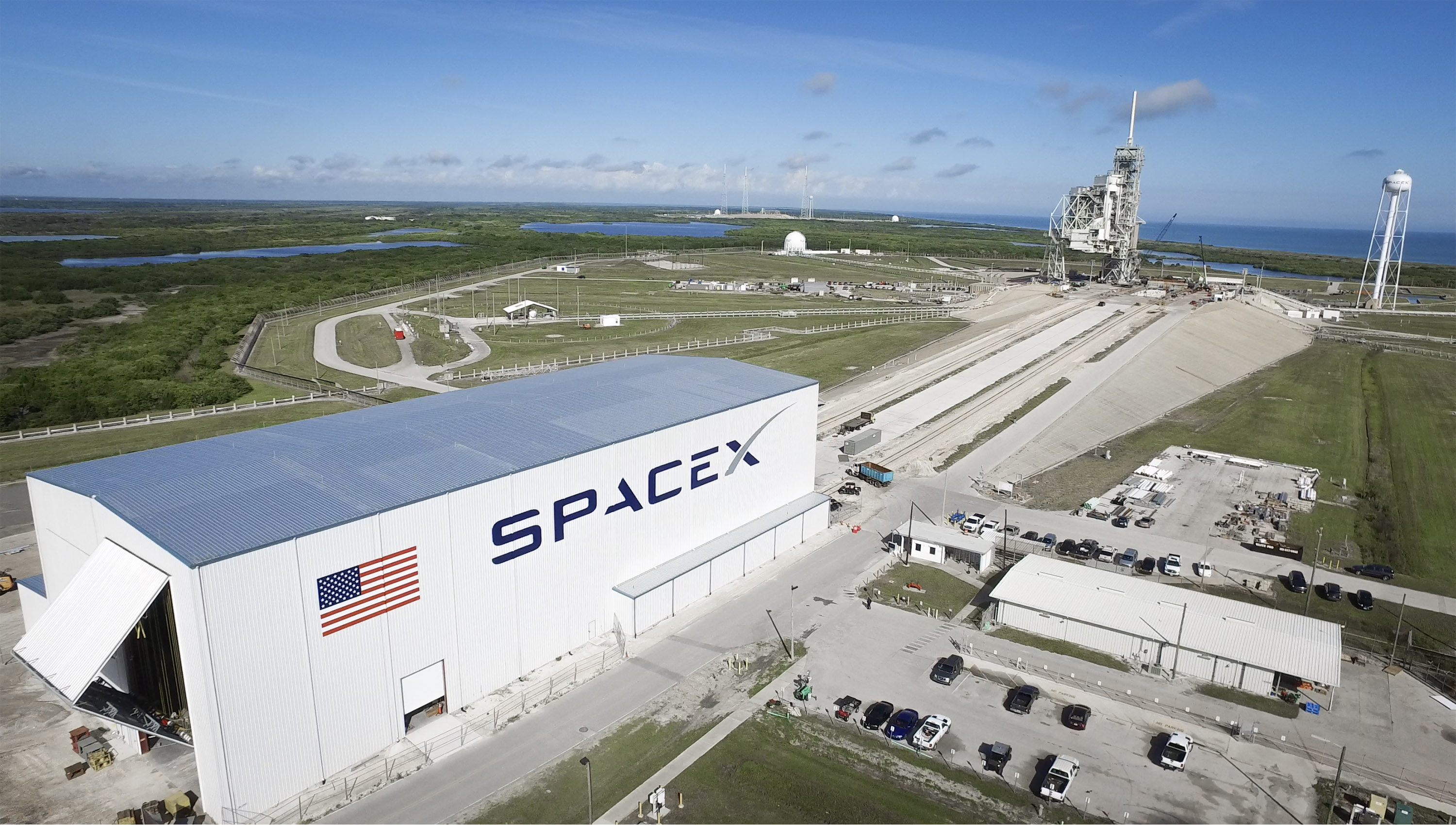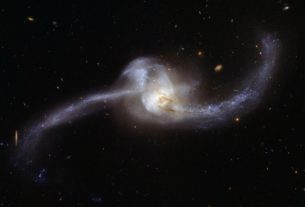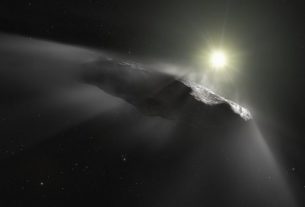Imaging X-ray Polarimetry Explorer (IXPE) is a telescope that aims to study the polarization of X-radiation emitted by black holes and neutron stars. This mission, which is also associated with the Italian Space Agency, should normally be launched in 2021. And to do this, NASA relies once again on SpaceX. The launch of the Falcon 9 will be from the Kennedy Space Center in Cape Canaveral, Florida. The overall amount of the contract: $ 50.3 million.
“SpaceX is honored to have NASA continue to rely on its proven launchers to put important scientific tasks into orbit,” said Gwynne Shotwell, President, and COO, SpaceX, in a statement. IXPE will be SpaceX’s sixth contracted mission under NASA’s launch services program, two of which were successfully launched in 2016 and 2018, strengthening the agency’s scientific observation capabilities. “
Study the most extreme objects in the Universe
IXPE will consist more precisely of three identical small telescopes. All placed at about 540 km altitude. The main objectives of the mission will be to improve our understanding of the physical processes producing X-rays in the vicinity of the most compact objects in the Universe. It will also be better to understand the speed of certain black holes. Or to determine the geometry and intensity of the magnetic field of the magnetars.
Results that will allow us to “probe the origin and fate of our universe, including the nature of black holes, dark energy, dark matter, and gravity,” says NASA.
It is not known yet whether other payloads – NASA or not – will be placed on the rocket. The IXPE instrument has only a mass of 292 kg, according to a fact sheet of the mission, while the Falcon 9 launcher can place up to 22.8 tons in low orbit. Left to take off a rocket, as much enjoy.
Note also that the cost of this mission is much lower than the contract awarded by NASA to SpaceX on April 11th. This involved launching the Double Asteroid Redirection Test (DART) mission. The mission, scheduled for launch in June 2021 from Vandenberg Air Force Base in California, will cost the US agency just under $ 70 million. It will test the effectiveness of an impactor to deflect an asteroid potentially dangerous for our planet.




